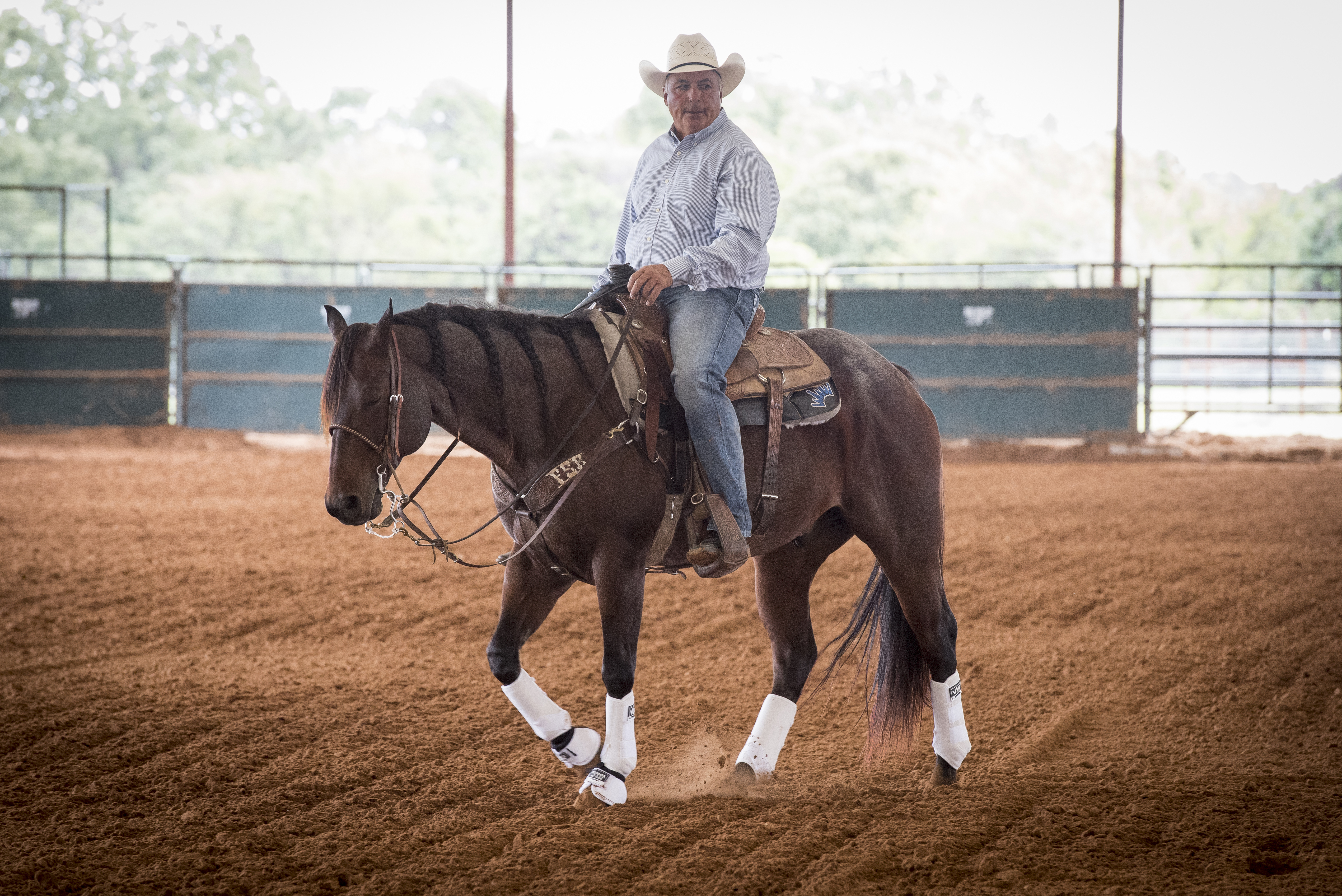Nobody knows roping better than World Champion team roper Walt Woodard. He’s qualified for the National Finals Rodeo in Las Vegas a whopping 20 times. Aspiring champions often ask him what “magical” equipment he uses, but Woodard says it’s about the process, not the equipment. We chatted with Woodard on his five tips for success.

Get into Position
Riders regularly hear trainers talk about position. Usually, it’s the rider’s position, heels down and in line with their hip and shoulder. In roping, it’s the horse’s position on the steer that’s important. “The number one thing people must learn how to do is to get into position and stay there before they ever throw the rope. That teaches the horse where the good spot is,” Woodard said.
The Golden Circle
Horses are trained through pressure and release. Rope horses feel pressure to leap out of the box and chase a steer. If he gets too close, the bit gives pressure to slow down. When he runs too far left or right, leg pressure guides him back into place. “When he gets in the perfect spot, take several swings and give a release, so he knows exactly where the golden circle is,” he said.
Horse First, You Second
Woodard says his best piece of advice came from his dad. He always asked, “Are you roping for you today, or are you roping for your horse?’ What he meant was don’t work on your percentages and how many you catch. Base your success on how well your horse worked,” Woodard said.

Keeping it Calm in the Box
Trained rope horses know what’s coming next when they walk into the box. The adrenaline can make them anticipate. “The way to keep any horse calm in the box and flat going to the steer is to teach him that he doesn’t have to run his heart out on every single steer,” he said.
Protect their Legs
Supporting a horse’s legs is key to keeping them sound. Woodard recommends using protective boots on young horses, even if he’s only loping circles, but with older horses he waits. “With an older horse, don’t put boots on until about 10-15 minutes before you rope steers,” he said. “Especially for older horses, don’t use them until you need to. If you take a 20-30 minute break, take the boots off and let their legs cool down.” Check out this in-depth article on the revolutionary Ventex 22 Front Boots that are supportive, breathable and lightweight!
Sponsored by:






